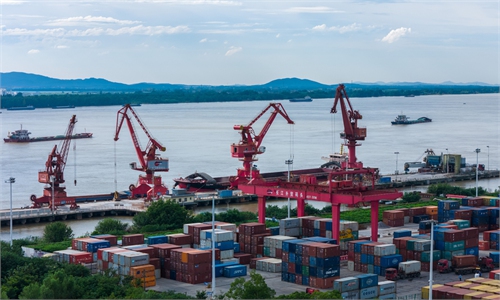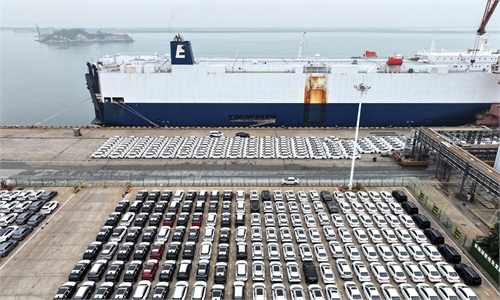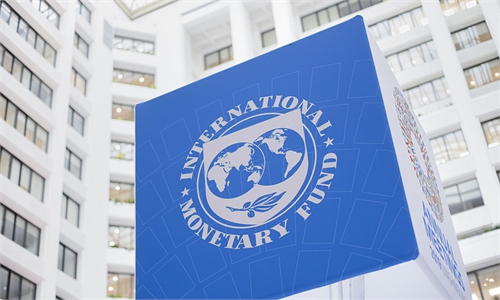Multiple provinces report steady growth from Jan-Sep, driving nation to achieve full-year economic goals

Employees work at an assembly line of Chinese vehicle manufacturer Seres Group in Liangjiang New Area, southwest China's Chongqing Municipality, April 25, 2024. (Xinhua/Huang Wei)
Multiple Chinese provinces have reported their economic performances for the first three quarters, with provincial-level regions including Southwest China's Chongqing Municipality, Central China's Henan Province and North China's Inner Mongolia Autonomous Region posting GDP growth rates higher than the national average of 4.8 percent over the period, provincial government data showed.
Between January and September, Chongqing's GDP grew by 6.0 percent year-on-year to reach 2.32 trillion yuan ($326.37 billion), according to data released by Chongqing's statistics bureau on Tuesday.
Over the period, Chongqing's industrial manufacturing maintained comparatively fast growth, with emerging products showcasing a robust trend. Among key products, a total of 594,300 new-energy vehicles were produced, an increase of 130 percent year-on-year, while 5.32 billion integrated circuits were produced, up 100 percent, data showed.
Driven by technologies and industrial innovations, Henan saw its GDP grow by 5.0 percent year-on-year in the first three quarters, 0.2 percentage points higher than the national average. Additionally, Inner Mongolia reported GDP growth of 5.8 percent year-on-year.
Cao Heping, an economist at Peking University, attributed central and western regions' steady performance to policy support, industrial transformation and upgrading and comparatively lower labor costs.
"These regions generally have a sound basis, and the development of new quality productive forces injects further impetus into their growth," Cao told the Global Times, noting that it also underscores the country's balanced economic development among regions.
Between January and September, the GDP of South China's Guangdong Province grew by 3.4 percent year-on-year to reach nearly 10 trillion yuan, local newspaper Guangzhou Daily reported on Tuesday.
According to data released by the National Bureau of Statistics on Friday, China's national GDP grew by 4.8 percent year-on-year in the first three quarters of 2024, reaching 94.97 trillion yuan. This figure indicates that China's economy continues to show positive and resilient growth amid a barrage of internal and external challenges, government officials and economists said.
"Thanks to the rollout of a raft of incremental policies in September, China's property market, capital market and consumption all showed positive changes in October. As policies continue to produce effects, the economy will continue to extend its stable growth trend in the fourth quarter, contributing to the achievement of the full-year GDP goal of around 5 percent," Wen Bin, chief economist at China Minsheng Bank, told the Global Times.
With the release of macroeconomic figures for the first three quarters, local governments are stepping up efforts to consolidate economic growth trends and strive for the achievement of full-year economic and social development targets.
For example, Chongqing held a conference on Monday, with local officials vowing to do a good job in the final quarter of the year by using measures including boosting the implementation of the country's incremental policies to revive market confidence, and strengthening efforts to expand exports and introduce foreign capital.



